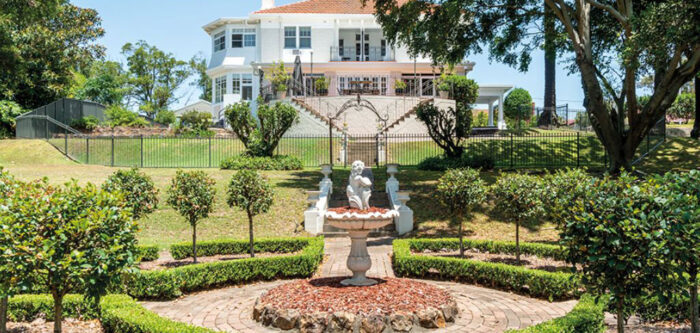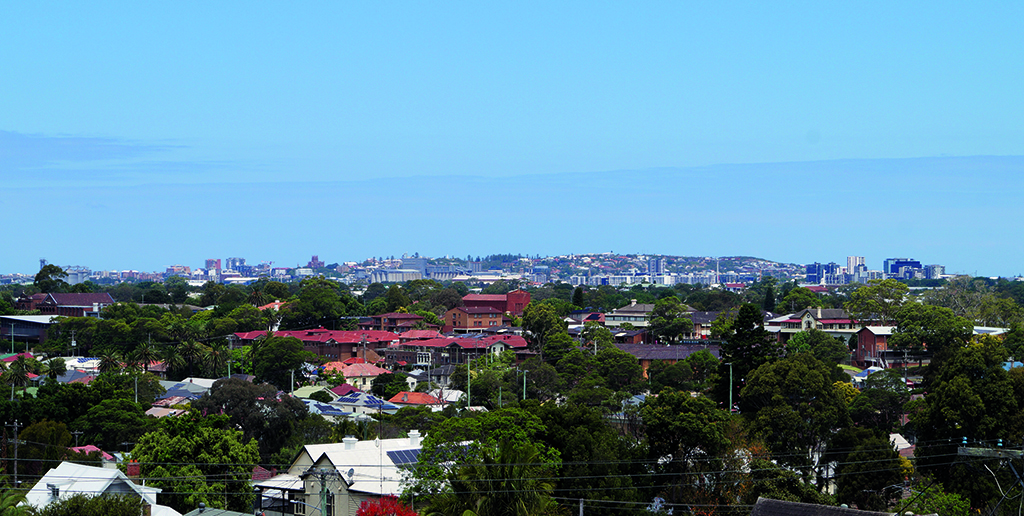
Coming full circle: Mayfield’s urban revival
Mayfield history buff Huck Campbell on the suburb’s journey from gentrified rural haven to gritty industrial powerhouse and its latest resurgence as an enviable lifestyle location.
When my late wife and I made the sea change to Newcastle 20 years ago, I suggested we look at Mayfield. Having lived in Hamilton South a decade earlier, she was quick to reply “No! It is not a good suburb.”
So my own love affair with Mayfield finally began when I met my current partner and I quickly realized how unfair a judgement that had been. Today, Mayfield with its tree-lined streets of fine old homes has certainly become a most desirable suburb. Its fascinating history makes for a riches to rags, then rags to riches kind of yarn.
Home to the Awabakal people for thousands of years, it was envisaged as a gentrified escape from inner city Newcastle in the 1880s. Within a decade it boasted some of Newcastle’s most prestigious houses and gardens, an idyllic semi-rural setting with cooling sea breezes and sweeping views over the Hunter Estuary. With an average of just 300 square metres, the lots in the new subdivisions were quite small, but Newcastle’s elite swooped up entire blocks and created impressive estates.
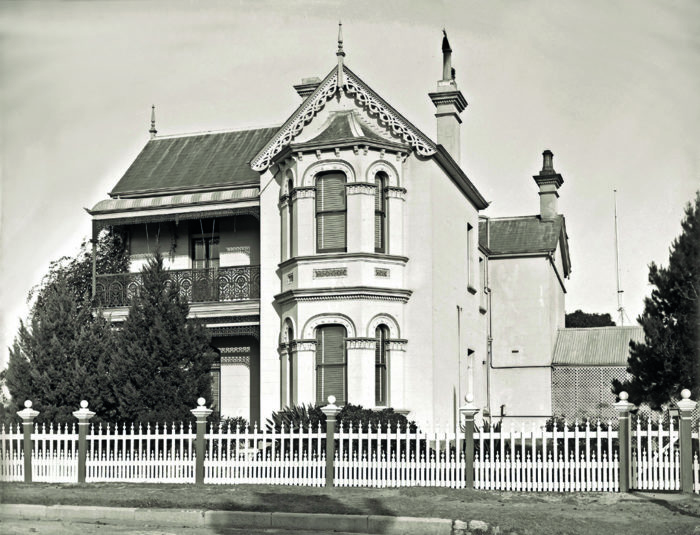
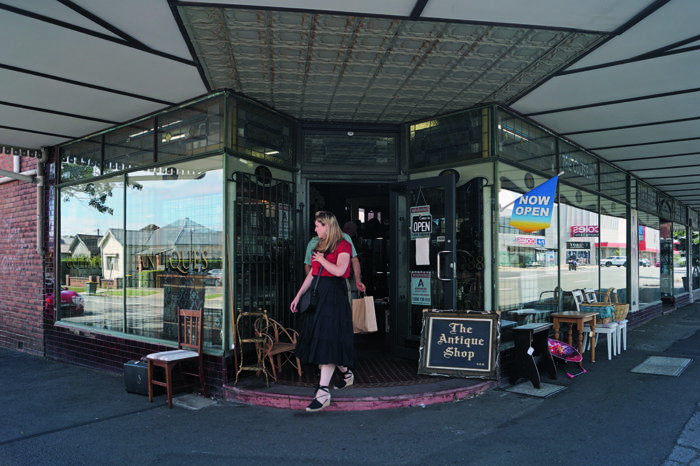
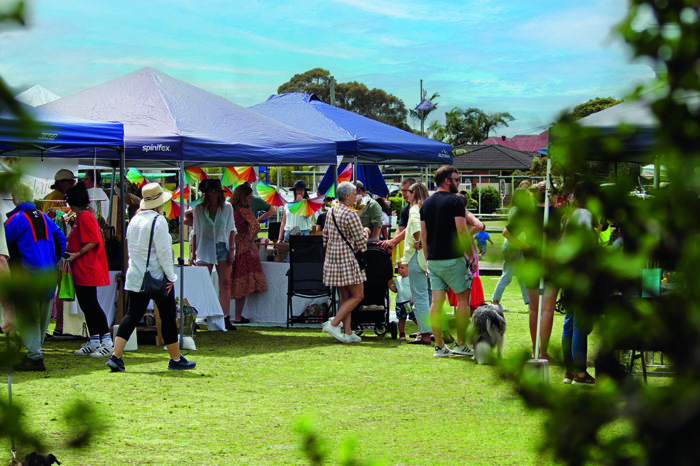
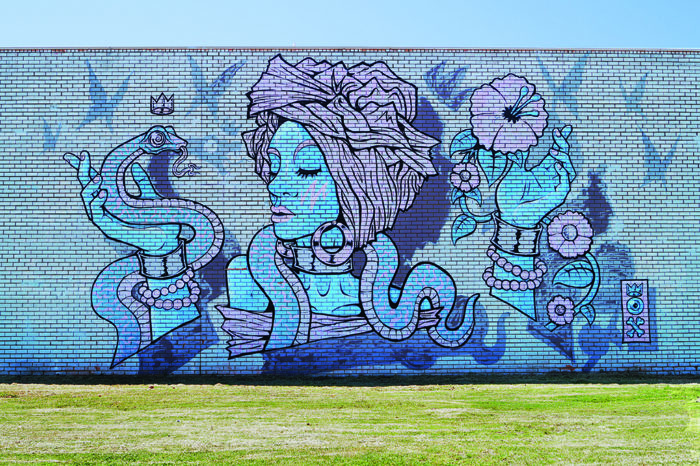
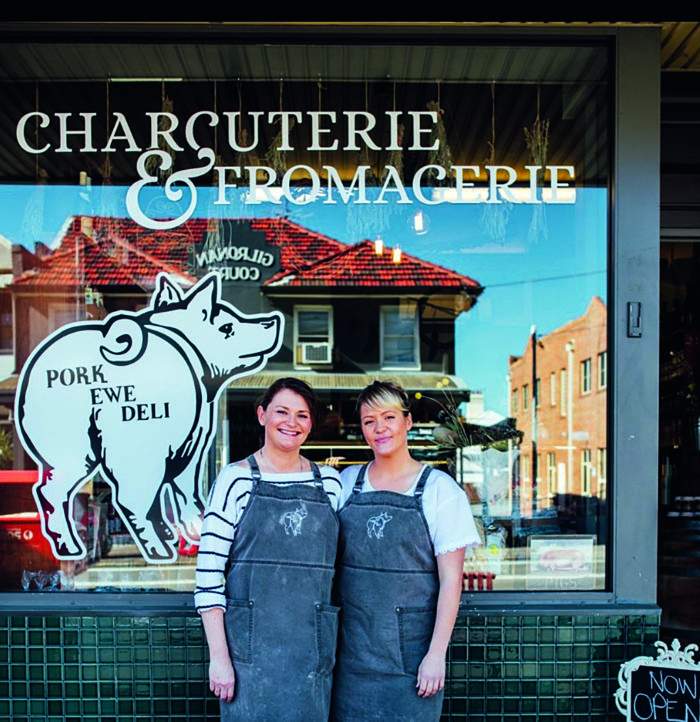
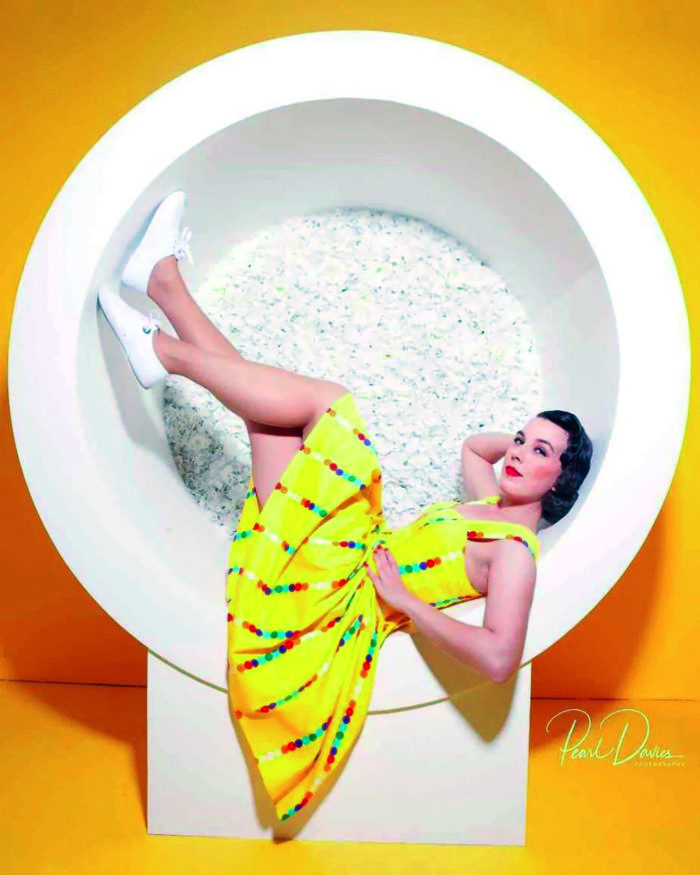
Though not all were properties on a grand scale. Many prominent businesspeople also built comfortable villas over several lots. By the start of the 20th century, as the gardens grew and matured, it must have been strikingly serene and beautiful. Referencing soaring property values and a community of wealth and privilege, the Newcastle Morning Herald called it the ‘Toorak of Newcastle’ at the time.
Yet the suburb’s fortunes were to change dramatically with the arrival of BHP in 1913, followed by a long list of other substantial businesses setting up manufacturing operations in Mayfield. By the 1920s, with their genteel world shattered, the families of the great estates and fine houses began to leave.
Lots that had been part of large holdings since the 1880s were now available and a building frenzy began to house the workers of industry, ultimately creating the architectural landscape of Mayfield we can see today.
While the Victorian estates had reigned supreme for a period of about 20-30 years, most of the suburb’s homes date from the 1920s. Lots had originally been purchased in the 1880s, but by 1900 there were less than ten houses on Elizabeth Street. Another 20 years later, every available lot had been built on.
Just as we tend to ‘in-fill’ gaps in streetscapes today, the Californian Bungalow became the in-fill style of
the 1920s.
Coming in many different variations, the style is mostly identified by a pairing or grouping of prominent gable ends, heavy squat columns and leadlight windows. It was prominent right up to the Great Depression.
It is very easy to see the change brought about once again by economic and social conditions in the houses built in the 1930s.
Not unlike today, speculators built rows of identical houses on the streets of Mayfield. An early example are those built by steel manufacturer Lysaght for immigrant workers after the First World War. Well-built in brick, with elements of the Arts and Crafts style, Lysaght built entire streets of these houses in an area that gained the nickname of ‘Pommy Town’, as most of its inhabitants hailed from Great Britain.
The Second World War had seen unprecedented expansion of the steel works in particular and the topography of the Hunter River estuary was forever changed with the dumping of millions of tons of industrial waste in what now is Kooragang Island. Gone forever were the pretty bays, sandy beaches and the islands that were known before the war.
Changing times
The Scholey Family of Mayfield House were the last of the Mayfield gentry to leave in 1945. Back in 1880, John Scholey had created the first subdivision, with the suburb named after his daughter Ada May. He was the richest man in Newcastle and he built a fine mansion with meticulously manicured gardens featuring meandering paths and exotic plants. In 1945, the house and grounds were extensive and still very impressive.

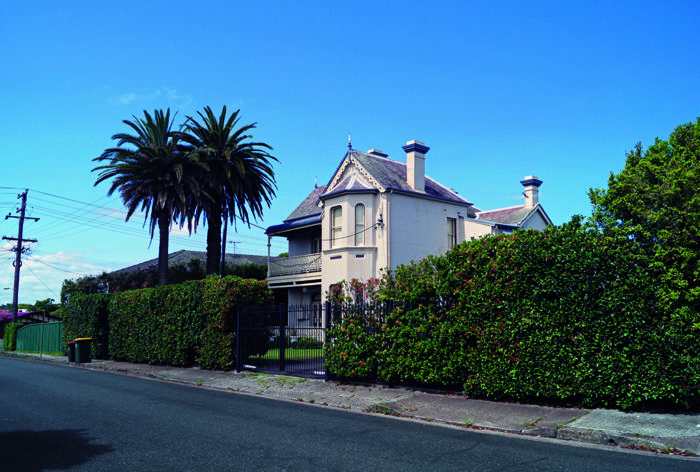

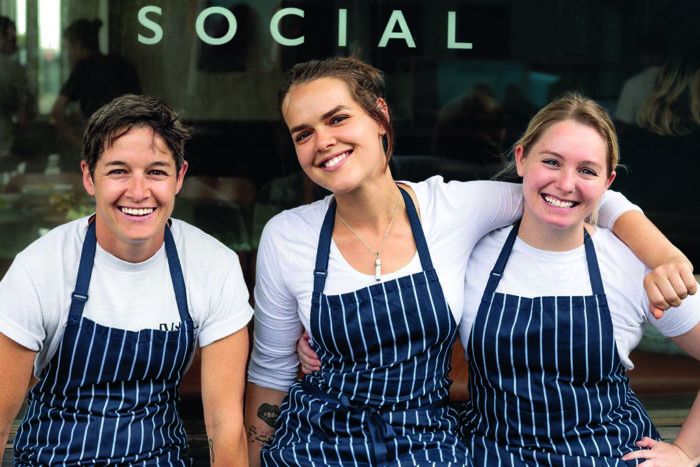
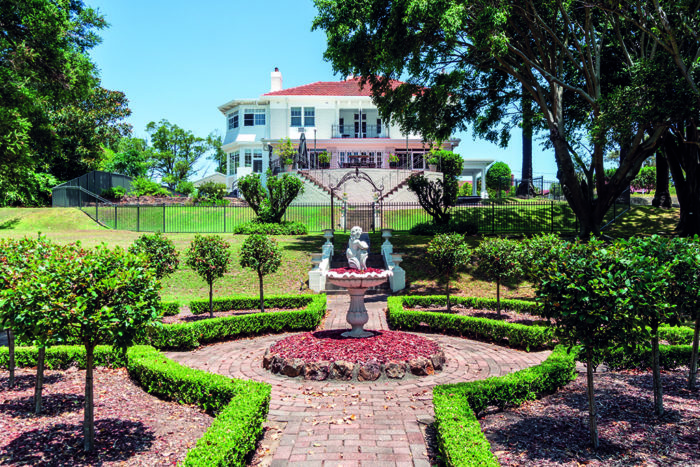

The time of large Victorian houses and gardens was well over and Mayfield was now one of the busiest industrial producers in the world with a somewhat unsavoury reputation as a rough and dirty suburb in the shadows of great industry. There are numerous stories of washing being put out, only to be covered in soot ten minutes later depending on what direction the wind was blowing. In the 1950s and 1960s many of the larger homes had become boarding houses with others subdivided and turned into flats.
Just like its arrival, the closure of BHP in 1999 became another turning point in the suburb’s history. Fast forward to the present day and Mayfield has come full circle. It is yet again a vibrant lifestyle location with a closely knit, diverse and welcoming community, befitting this grand dame of Newcastle’s suburbs.
Over the past ten years in particular, Mayfield’s fortunes (and property values) have risen, along with a renewed appreciation for her fine old homes.
Boasting some of the best historic architecture in the city, she is a showcase of valuable materials and impeccable craftsmanship that is impossible to replicate today. From windows to doors, weatherboards and interior detailing, the timber used in the construction of a Mayfield house may well have been cut from a tree that was 600 years old. It is irreplaceable and, if maintained, will last for centuries to come.
While preserving the suburb’s rich architectural history is an important challenge, Mayfield is anything but stuck in the past. Young families have made the suburb their home in ever increasing numbers. Many a reno addict has caught on to the “endless potential” of long neglected older homes, respectfully returning them to their sparkling, former glory, relishing the unique, historic atmosphere that permeates grand mansions, miner’s cottages and Californian Bungalows alike.
Along Maitland Road, a vibrant hospitality scene has become a major drawcard for foodies and coffee lovers. From Onyx Espresso and Perry the Feeder to Zaaki Espresso, enjoy some of the best coffee, comfort food or middle Eastern inspired breakfast fare.
Then stock up on some biltong and South African groceries at Newcastle Biltong Co or on fabulously delicious artisan charcuterie and cheeses at Pork Ewe Deli.
You can follow the newly created Mayfield Arts Trail for visual inspiration and refresh body and soul with a floating session at recently opened City Cave. Go for some fashion retail therapy at retro boutique Miskondukt or casual chic at Mayfield institution KiKi Fashion Co.
Whatever catches your fancy, Mayfield’s welcoming community will make you feel right at home in this dynamic suburb that is busily writing the next fascinating chapter in its long and varied story.
More stoies in the Autumn Edition of Hunter & Coastal Lifestyle Magazine or subscribe here.
Photography by Frank Schulze, courtesy of University of Newcastle Special Collections and Mayfield businesses. Supported by the Business Improvement Association for Mayfield and Newcastle City Council.

